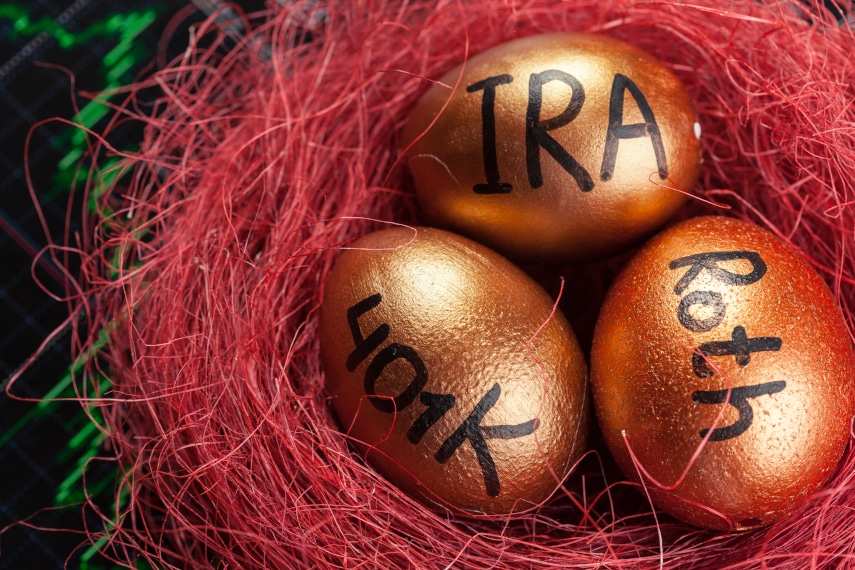
One of the brighter aspects of the good old days, when workers had jobs that lasted, was the defined benefit plan, otherwise known as a pension. With this plan, an employee could lock in a monthly retirement income based on age, tenure and earnings history. Unlike today, he or she didn’t have to roll the dice by choosing among various employer plan-determined investments.
With a pension plan, the employee’s investment was already defined. As an employee you knew the exact figure your pension would amount to after you’d put in decades of service with the company.
But in the last couple of decades the majority of private companies have moved from defined benefit plans to defined contribution plans like the 401(k). Think of a defined contribution plan as an every-man-and-woman-for-themselves plan. Employers prefer them because they feel defined benefit plans are a drag on corporate earnings. Workers like them too because they feel, by choosing their own investments, they get to choose their own fate.
Well, guess what? The employers are right, but the workers are wrong. Employers do get to economize on corporate earnings with defined contribution plans. And employees? They simply get to invest their own wages, often with no employer contribution, in stocks that may or may not pay off.
According to a new study by Monique Morrissey of the Economic Policy Institute, the shift from defined benefit plans to defined contribution 401(k) (and comparable), plans has left most workers in the dust. It “has increased wealth inequality for older workers and left them on average with meager resources, even as their periods of retirement grow longer.” We now live longer and are expected to do it on less money.
According to Morrissey, not only have retirement savings for all households stagnated since the Great Recession of 2008-2009, accounts belonging to those of us nearing retirement have lost twenty-three percent of their accumulated worth.
But the picture gets even bleaker. Almost half of all families are without any retirement savings. In households in the 56-61 age range the median retirement account is just seventeen thousand dollars.
As in most financial setups, money goes to money. So it’s not surprising the wealthy profit most from defined contribution plans. Sixty-eight percent of the richest fifth of all households participate in defined contribution plans, compared with only four percent of households in the lowest-earning fifth. Also, according to Morrissey, “Working-age families’ median wealth, or net worth, fell by almost half during the Great Recession and its immediate aftermath….”
We shouldn’t be surprised to discover, “[T]he bottom 60% of working-age families receive 17% of total income but hold 7% of retirement balances,” whereas “the top 20% receive 63% of income and hold 74% or retirement account balances.”
These figures seem downright discouraging at first blush. Clearly, we can no longer depend on company pensions and defined contribution plans to help guide us safely into a comfortable retirement. The good news is we can still take a hand in making our own future.
Why guess about your future, forced to choose stocks you never heard of from a list of “approved investments” in your employer’s 401(k)? According to a March 3 article in Bloomberg, “Gold rallied 19 percent this year, beating gauges in Treasuries, currencies and equities amid concerns the slowdown in global growth will hurt the U.S. economy.”
With the shiny metal up nineteen percent just this year, why not invest at least a portion of your retirement savings in physical gold? Gold’s weathered the ups and downs of economies throughout history. It’s a liquid tangible asset that will be there, its value intact, long after we start using dollar bills as napkins.






